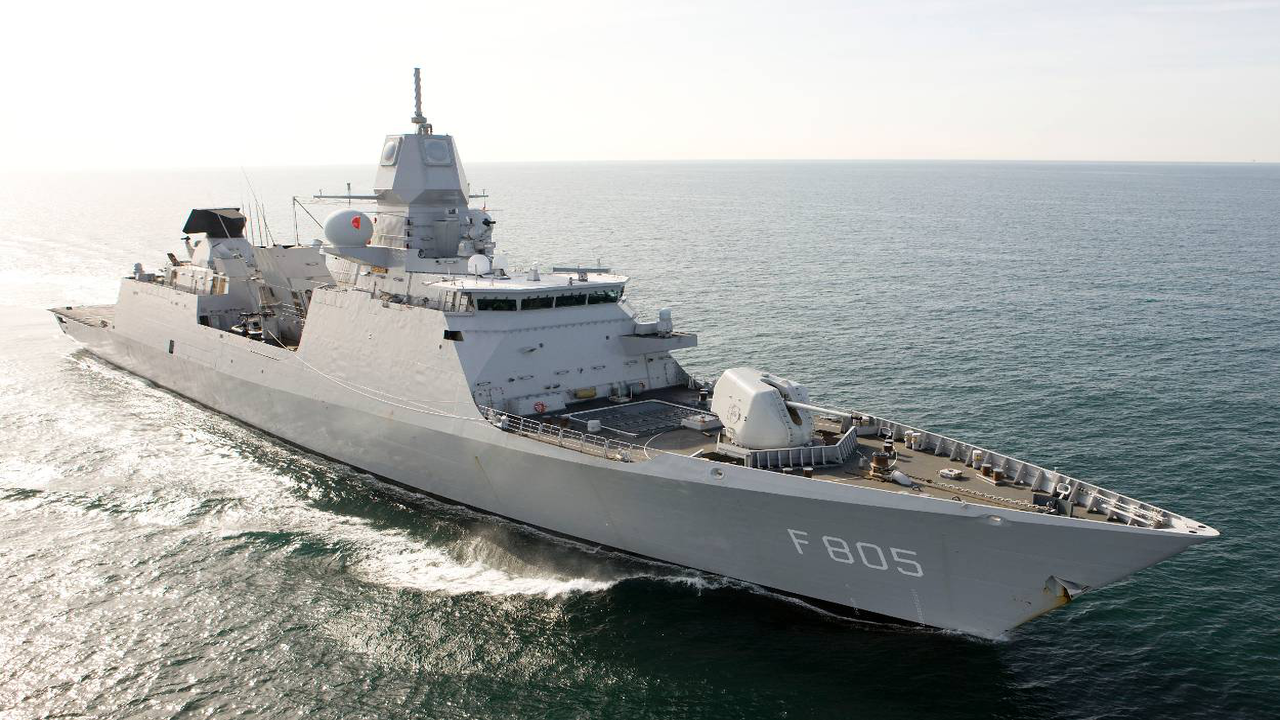The “Replacement LC Frigates” (Air Defense and Command Frigates) project will replace the LC frigates during the 30s. The current 4 frigates commissioned from 2001 – 2005 are being replaced by 4 new ships, but those frigates will be commissioned later; they have been delayed 2 years. The new frigates are now expected in 2034.
The Maritime Air and Missile Defense (Armament) project provides for new air and missile defense weapons on the future LC frigates as a defense against the growing air threat. The armament of the new LC frigates provides for a layered defense, with different types of missiles complementing each other in range. The Defense Department is aiming for a gradual transition, combining weapons and sensors ordered and developed for the current frigates with new ones to be developed. Armament against advanced hypersonic threats is still under development and is therefore not part of the project.
The main task of the new LC frigates is to defend a multi-ship maritime task force against an air threat. The frigates can also protect civilian ships and coastal areas. These are broadly the same tasks as the current frigates, air defense and commanding a large group of ships. There are some differences with tasks of the current frigates, however; the new ships must be able to repel attack by ballistic missiles and hypersonic missiles, as well as attack land-based targets with cruise weapons.
The A letter talks about “industry strengthening procurement” in the construction of topside ships. Defense thus seeks out industry more, and wants to do so more intensively, also with regard to infrastructure, personnel, innovation, knowledge development and maintenance, and at an earlier stage. The NLD industry, Damen Naval, Thales Netherlands, but also TNO and other NLD companies and institutions are mentioned, they should be given a major role in the creation of the new LC frigates. The NIDV warmly welcomes the intention to achieve maximum and timely involvement of the D-MTIB in the replacement of the LC frigates, and in all other replacement maritime capabilities. This will also strengthen European strategic autonomy.
International cooperation is not yet foreseen; “it has not yet been possible to reach concrete cooperation agreements. The Netherlands still wants to reach such agreements but must also keep up the pace’. Defense is still actively seeking cooperation with the countries of the NNCC, the Northern Naval Capability Cooperation: Germany, Norway, Finland, Sweden and Denmark. Defense also wants the needs assessment to act as a booster and catalyst for a cooperation with other countries in replacement and armament, especially the NNCC countries.
Main risks are understaffing and higher prices than budgeted. Hiring and distributing capacity are planned measures in this regard. The anticipated close cooperation with industry can also reduce the risk of understaffing. The project budgets have a risk reserve.
Download the A-letter